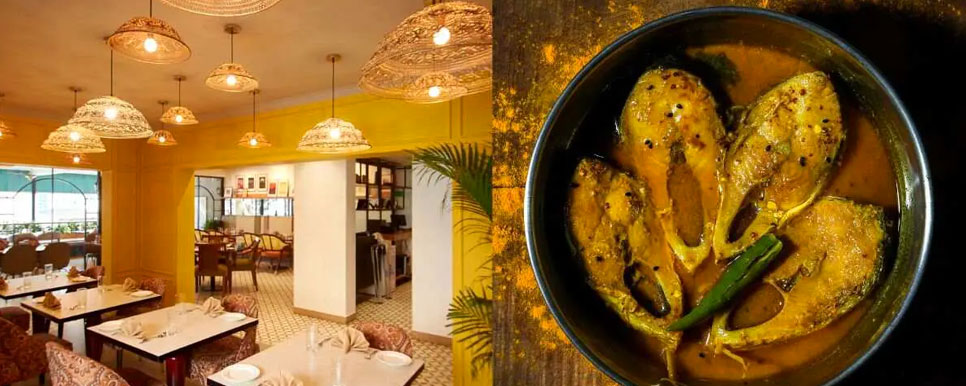The Hilsa Festival at Sundarban
What can be a better option than Sundarban where you can visually hunt for Royal Bengal Tigers while relishing the taste of Hilsa on the boat? While tiger sighting from a boat remains the primary attraction at Sundarban National Park, the Hilsa Festival is a popular event on the land of Mangroves during the monsoon season.

The Hilsa Nostalgia
Sundarban Hilsa Festival, also known as the Ilish Utsav draws huge crowds to taste the flavours of Hilsa. Hilsa is known to be the king of all festivals and is much-loved among Bengalis. The emotional attachment to Hilsa owes to its soft and delicious flavour. For the people of Bengal, Hilsa is not just a fish but has become a part of Bengali culture and almost a mandatory part of the menu during any auspicious occasion. The large water bodies of Sundarban are an ideal habitat for Hilsa and are produced in abundance. They are mostly available during the monsoon season from July to September.
Although the monsoon season is not much recommended for planning a tour to Sundarban National Park due to the high risk of floods and increased water levels, for Hilsa lovers, these pouring months are the Best Time to Visit Sunderbans to relish their favourite Hilsa. An intriguing factor about this fish is the taste beyond the mere eating of the fish. Precisely, its not just the delicious flesh of the fish for which the Bongs drool over, but the oil used to cook the much-celebrated fish is also added to rice while eating, giving a heavenly taste. Some of the popular Hilsa dishes are Ilish Bhapa, Ilish Tel, Doi Ilish, lush Paturi, Doi Ilish, and a few more.
The Hilsa Festival Itinerary
The Sundarban Tour begins from Gadkhali Ferry Ghat, after arriving from Kolkata by embarking on a train from Sealdah to Canning. Alternatively, buses are also available from Science City from Kolkata.
Day 1 - Get on board from Gadkhali and settle down with your luggage at the pre-booked boat. Based on the time, breakfast is served to the tourists as the voyage through the backwater begins. The breakfast menu usually comprises a welcome drink, luchi, aloo dum, sweet, and tea or coffee. While the boat floats further, mid-day snacks are served which include fist fry or pakoda. The boat halts for tourists to disembark and visit the Godakhali Market, Hamilton Bungalow and Beacon Bungalow.
Then comes the most-awaited lunch during the Hilsa Festival. The menu served for lunch encompasses Basmati rice, dal, beguni, one or two Hilsa preparations, dab chingri, or other preparations of fish, misti doi, chatni, and papad vaja.
After the day’s tour check into a resort for an overnight stay where you will be served the evening snacks and dinner. Enjoy the cultural program arranged by the resort authorities while munching your delicious snack with tea or coffee.
Day 2 - The day again begins with embarking on the boat early in the morning. The places to cover on the second day are Sajnekhali Watch Tower, Mangrove Interpretation Centre, Sudhanyakhali Watch Tower and Dobanki Watch Tower. In between these spots, the boat will pass through several small islands and creeks.
Coming to the culinary part, breakfast, mid-day snacks and lunch will be served on the boat. For breakfast, you will have naan or paratha with chana masala or a dish of vegetable, further accompanied by sweets and tea or coffee. The lunch menu almost remains the same with basmati rice, dal, salad, chutney, sweet curd and papad, but there will be variation in the Hilsa preparation along with fried potatoes and prawn preparation like potol chingri or ichor chingri.
Spend the night at the resort and the dinner will be served according to their menu. The dinner usually consists of rice or chapati with chicken or mutton and a few more options.
Day 3 - Check out from the resort and get on the boat to bid farewell to the beautiful Sundarban. Have breakfast and lunch on the boat. Or, if you are leaving early, then the lunch is packed for you to savour later.